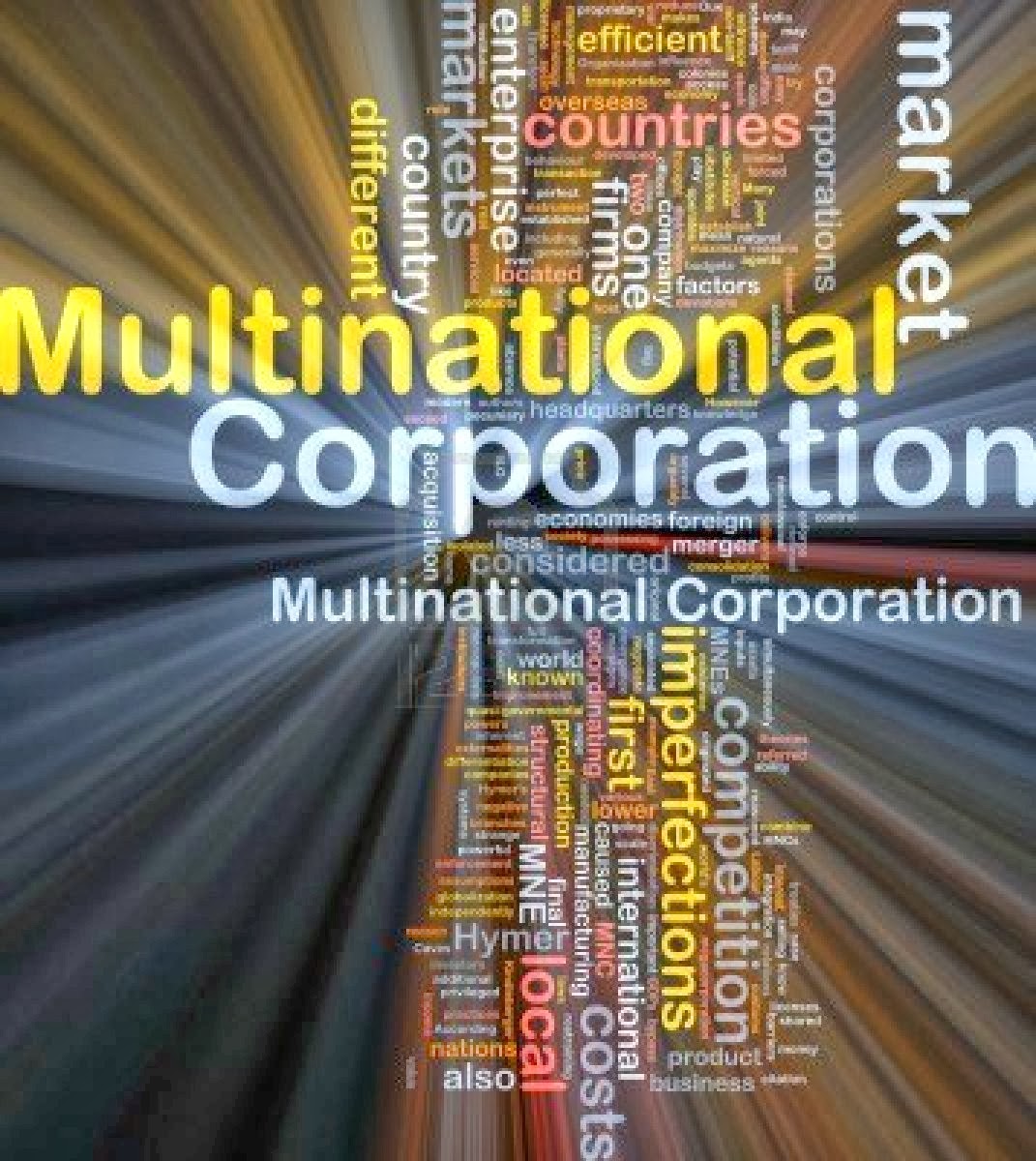The emergence of the multi-national Private Corporation or Transnational Corporation as a powerful agent of world social and economic change has been a signal development of the post-war era. Its evolution has been regarded with mixed feelings by the host countries.
A multinational corporation (MNC) is an enterprise which owns or controls production facilities in more than one country such as factories, mines, oil refineries, distribution channels etc. The United Nations defined MNCs as “enterprises which control assets—factories, mines, sales offices and the like—in two or more countries.”
According to another definition, a multinational company is one with sales above $ 100 million with operations in at least six countries and with subsidiaries accounting for at least 20 per cent of its assets.
ADVERTISEMENTS:
There are about 4000 companies qualifying for this definition and these account for as much as 15 per cent of the Gross World Product. It has been estimated that by 2000 AD, 200 to 300 of the global giants will account for 50 per cent of the world output.
MNCs account for one-fifth of the world’s output, excluding socialist economies. Their production in recent years has been growing at the rate of 10 per cent a year, nearly twice the growth rate of the world output and half as much as the world trade.
The estimated level of production of the MNCs exceeds $ 750 Million a year, which is greater than the GNP of any country other than the USA. Therefore, multinationals are gigantic in size.
ADVERTISEMENTS:
Most of the multinationals enjoy predominantly oligopolistic market positions and are characterised by the importance of new and superior technologies, special skills or product differentiation and heavy advertising which sustain their oligopolisitc nature by making entry of competitors more difficult.
Almost every large enterprise has foreign involvements of some kind. Whatever its home, it will send agents to other nations, establish representative offices abroad, import foreign materials, export some products, licence foreign firms to use its patents or know-how, employ foreign nationals, have foreign stock-holders, borrow money from foreign banks and even have foreign nationals on its board of directors.
None of these, however, would make an enterprise multinational because none would require a substantial direct investment in foreign assets nor entail a responsibility for managing organisations of people in alien societies.
Only when an enterprise confronts the problems of designing, producing, marketing and financing its products within foreign nations does it become truly multinational.
ADVERTISEMENTS:
A domestic corporation may become multinational by establishing foreign branches by operating wholly or partially owned subsidiaries in other countries or by entering into joint ventures with enterprises in other countries.
It is interesting to note the concentration of multinational corporations in certain fields of industries.
Taking USA as the leader of such enterprises, we find that 85 per cent of US investment is concentrated in the following industries— vehicles, chemicals, mechanical and electrical engineering. The multinationals have established almost complete domination on rubber tires, oil, tobacco, pharmaceuticals and motor vehicles industries.
Multinational operations by private business corporations are comparatively recent in man’s history. The companies of merchant traders in medieval Venice and the English, Dutch and French trading companies of the 17th and 18tn centuries were forerunners but not true prototypes of today’s multinational corporations.
They were essentially trading rather than manufacturing organisations, with comparatively little fixed investment. And they operated mainly within the colonial territories rather than under the jurisdiction of foreign sovereign states.
According to the Industrial Licensing Policy Inquiry Committee, there were 112 companies in India in 1966 with assets worth Rs. 10 crore or more. Of these, 48 companies were either branches of foreign companies or were subsidiary companies.
In March 1977, there were 482 branches of multinationals operating in India. Of these 319 were branches of UK based companies.
US based companies had the second largest number of branches-88; Japanese, W. German, Swiss, French and Canadian companies came next with 21, 12, 11, 8 and 7 companies respectively.
Out of 540 branches operating in 1973-74, in India, 163 came under the broad head of commerce; branches in the field of agriculture and allied activities numbered 115, business services 87 and processing and manufacturing 82.
Transport, communication and storage had 39 branches and construction and utilities 33. There were 7 branches in mining and quarrying and 14 in personal and other services.
Readers’ Digest is the only multinational operating in the field of journalism. The total assets of Indian subsidiaries amounted to Rs. 1,363.7 crore at the end of 1973-74.

